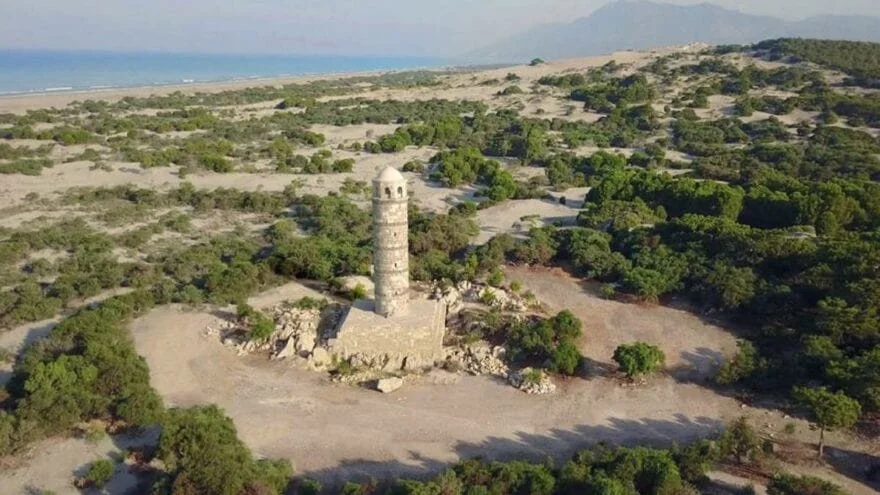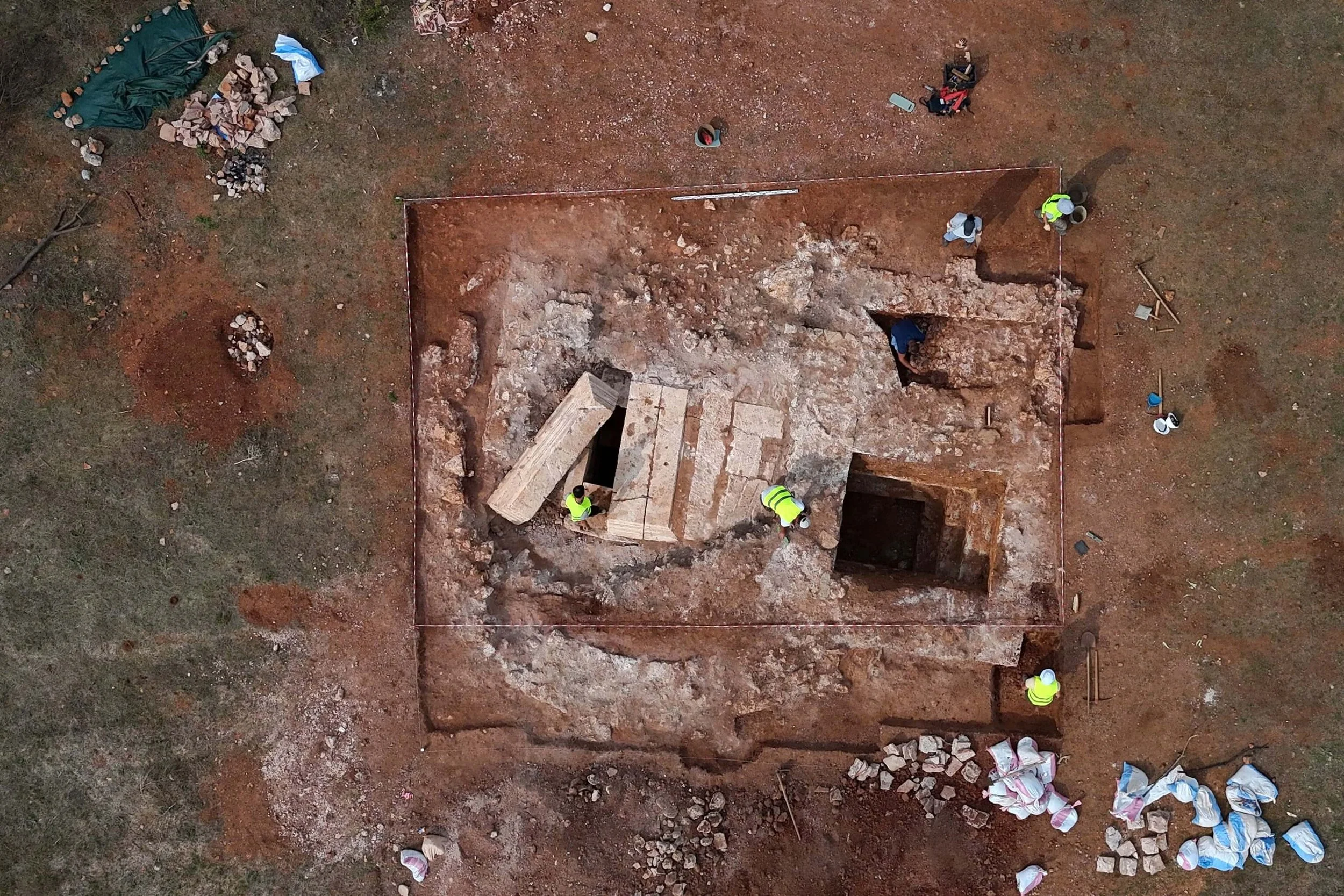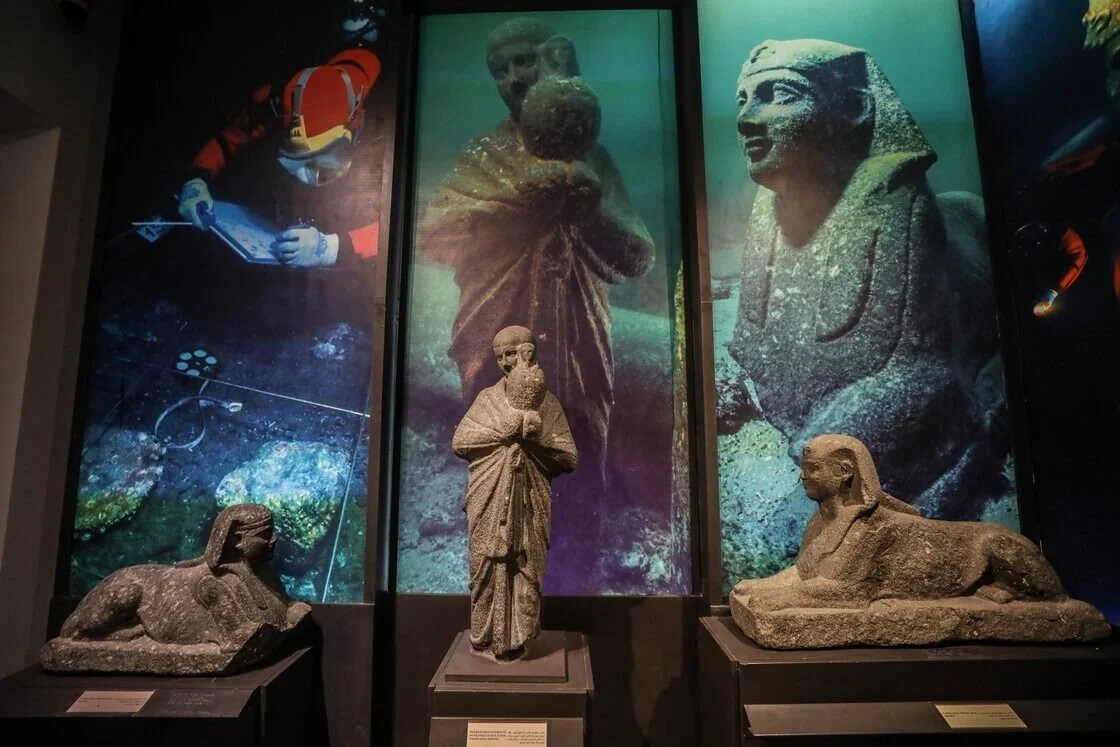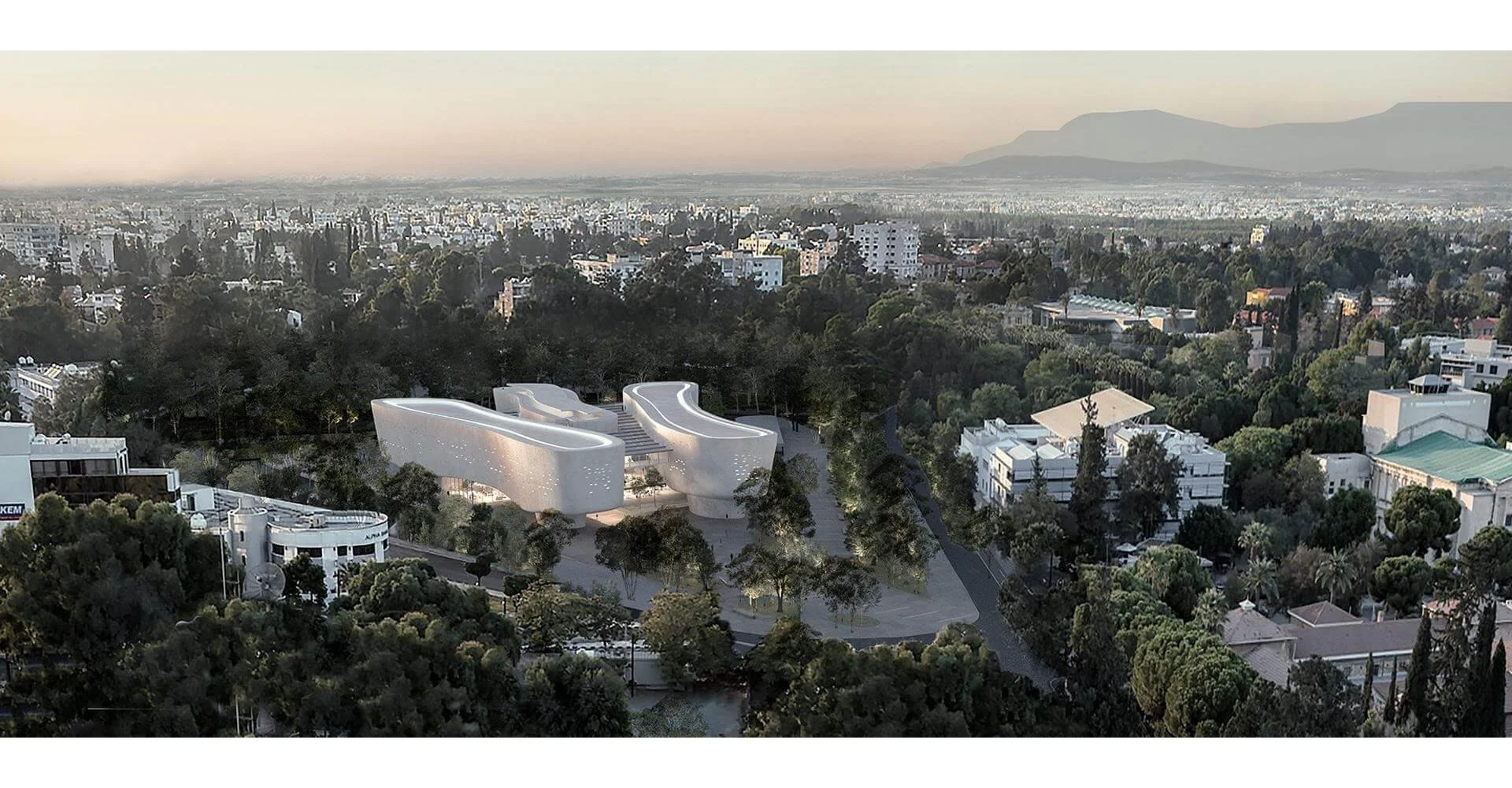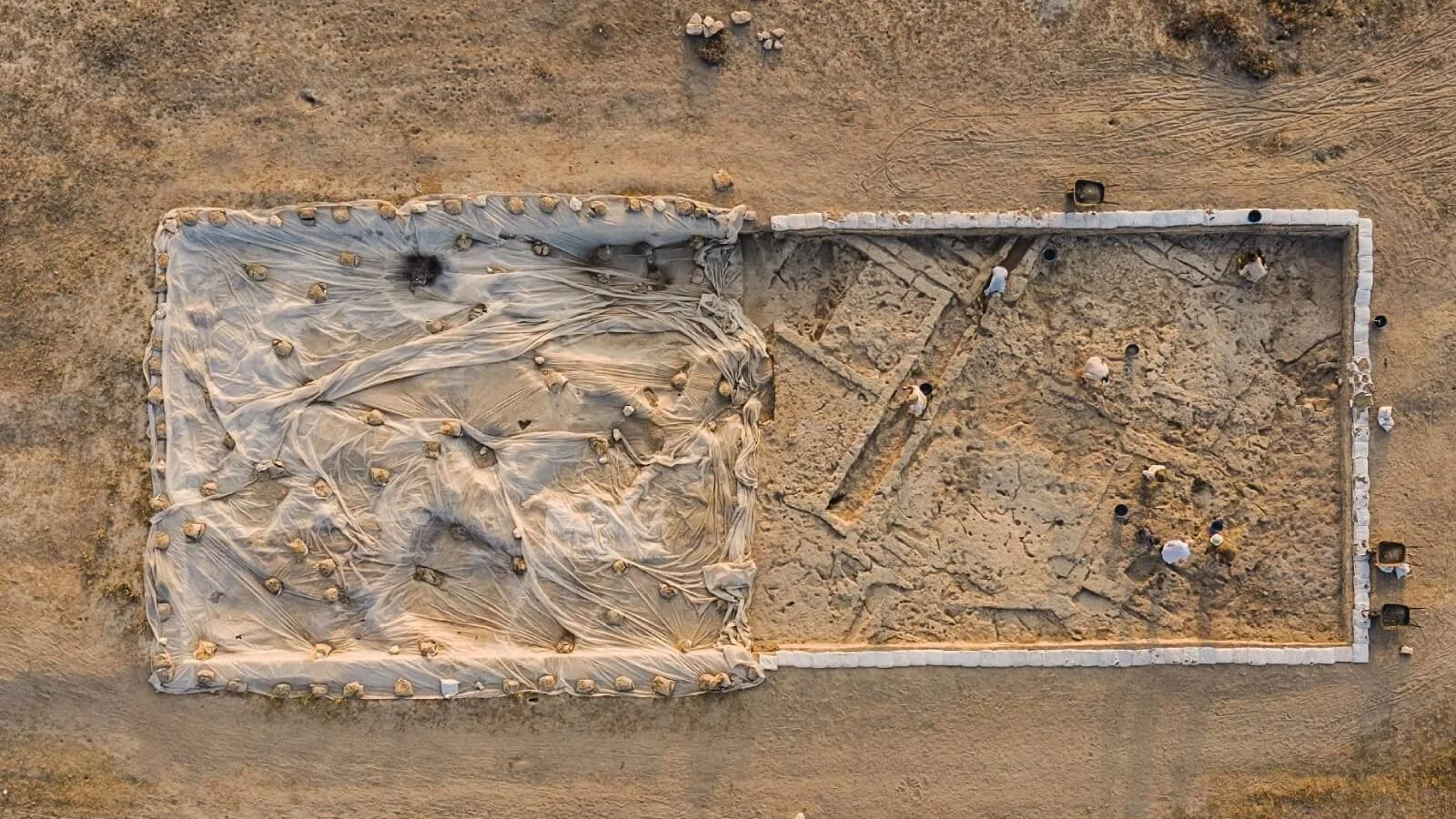The lighthouse in the ancient city of Patara, which was constructed by the Roman Emperor Nero and is thought to have collapsed in the tsunami of 1481, was rebuilt using artificial intelligence technology.
The Turkish Ministry of Culture and Tourism approved the designation of 2020 as the Patara Year, and the 2020 Patara Year will take place at the ancient city of Patara, which is now known as Ovagelemiş Village, in the southern Turkish province of Fethiye. Patara is also of particular significance due to its archaeological and historical significance, as well as the fact that it is one of the few beaches where the Caretta-Caretta Mediterranean turtles lay their eggs and have bred for millions of years.
Beginning in 1988, excavations took place in Patara Ancient City, the seat of Lycia. The couple, Prof. Dr. Fahri Işık and Prof. Dr. Havva İşkan Işık In the excavations that started, hundreds of historical items, particularly from the Lycian culture, have been found.
The lighthouse Nero, the Roman Emperor, constructed in 64 AD is one of the most significant pieces of art discovered during the Patara excavations. It was discovered that the lighthouse discovered by Prof. Dr. Havva had 2,500 original stones, precisely 12 years after the excavations got underway.
500 stones are being merged to make 2,050
On the completed 6-meter podium, the lighthouse is being constructed by replacing the stones that can't be utilized statically due to dropping from a height.
The Antalya Governorship Investment Monitoring and Coordination Directorate (YIKOB) Cultural Heritage Directorate submitted the application, according to reports from the DHA agency.
A technical report was created in the 15th century in an effort to stop the lighthouse from collapsing in the event of another earthquake or tsunami in the years following its reconstruction. At the time, it was believed that the Rhodes earthquake and the ensuing tsunami had destroyed the lighthouse. According to the report written by Dr. Cenk Üstünda, the reconstruction would make use of components including steel spirals, steel pipes, steel rods, pure epoxy resin glue, carbon-fiber mesh reinforcement, and high-strength natural hydraulic lime-binder mortar.
2500 stones had their X-rays taken
2,500 stones were removed one by one throughout the course of the protracted excavations, and after being subjected to physical and chemical tests in the lab, their original locations were discovered using artificial intelligence technology and computer software.
Havva şkan worked on the construction site alongside the architectural team, and Ahabettin Ztürk, head of the department of architecture at Van Yüzüncü Yl University and the reconstruction project's scientific consultant, explained that about 2,050 stone excavations were laser studied in three dimensions, and all dimensions were scanned.
It spent over a thousand years underground
Doctor Ztürk noted that the stones were still present beneath the sand after the lantern collapsed, and their preservation for use in the current rebuilding is a significant benefit. Dr. Ztürk points out that each stone is examined in the lab for its physical and chemical characteristics. Although it is not direct proof, certain information about the general position of the lighthouse was utilized on several coins from the Nero era.
Only when they are set in their actual locations can stones with concave and convex surfaces built of polygonal and rectangular stones align with their positions. The lengthy duration of the study is due to the fact that each stone in the stone hospital was individually x-rayed and examined to determine whether there was tissue loss inside. He advised using the sturdy ones one by one rather than the bad ones.
technology using artificial intelligence
Dr. Ztürk stated, "All data were processed in the program. It is the building system software that is used to determine the original placement of the stones. A total of 2,500 stones were tested using a variety of trial-and-error techniques, and 80–90% of them were determined to be compliant.
According to my assessment of the early data we have gathered, it is estimated that 80% of the original stone and 20% of the new stone will be used. In this manner, the lighthouse will be repaired; however, this procedure is more like reconstruction than restoration, as the building is being rebuilt, he stated.
No example exists in the world
In terms of a lighthouse indicating that the first application in Turkey was 2 thousand, or about 80% of the annual refurbished using the original stones, Dr. Ztürk noted that there are no examples in the world where 80% original materials are employed. Doctor ztürk, It is a significant structure that serves as the initial application in this sense. It has an upward spiraling architectural texture and a cylindrical body that is around 26.5 meters high and 6 meters in diameter.
The Prestige Project of Nero
An inscription in gold lettering on the lighthouse provides information about who built it and when, and it is claimed to be the prestige project of the Roman Emperor Nero. The Patara Council and Sextus Marcius, the ruler of the Patara people at the time, are thanked in a statement found in stone inscriptions that was unearthed during the excavations: "We thank you for governing the people of Lycia rightfully, without taking bribes, and for adorning our city with beautiful monuments for eight years."
a valuable landmark for all people
Prof. Havva, who worked on the lighthouse excavation, said:
"Our nation will have another monument of worldwide importance when our works, which were started by the Antalya Governorship and Investment Monitoring and Coordination Directorate in Patara in 2020 and accepted with the request of our Ministry of Culture and Tourism and the permission of our President, are completed.
As a scientist, I want to show my gratitude to each of them. We continue to work on our lighthouse, which has the potential to become one of Antalya's emblems, using a multidisciplinary approach and cutting-edge technology. Nero claims that he built this lighthouse, one of the most important structures in the Roman Empire, "for the salvation of the mariners." We are striving toward the time when we may proudly display this lighthouse to our nation and to the valiant sailors of this nation.




